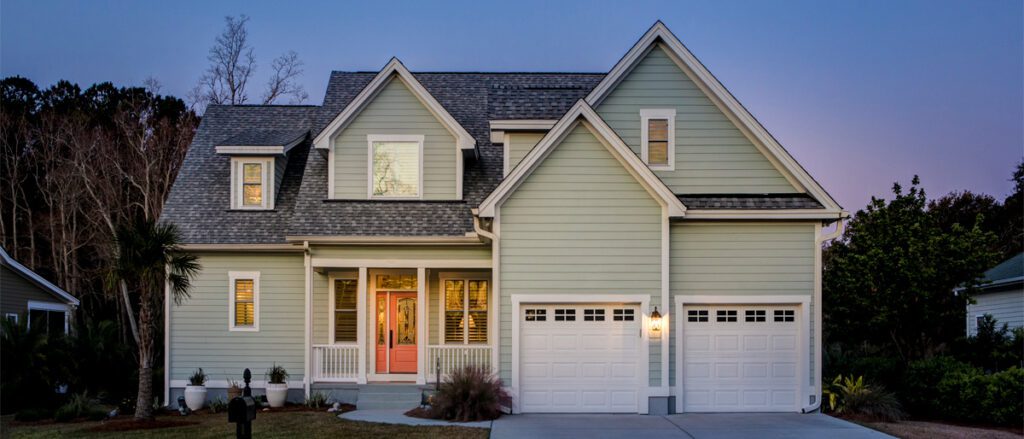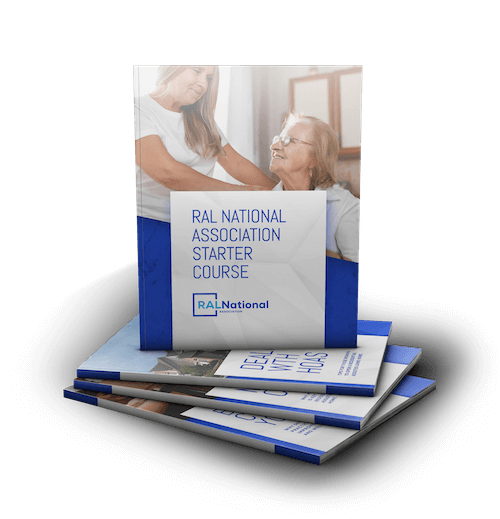There have been articles recently considering the affordability of housing in the U.S.
An article in a newsletter from New Day Real Estate Investments in Colorado summarizes the issues nicely. There are only 4 major cities (Redfin Article) in America where it’s cheaper to buy a home versus renting. Those cities, in order from most affordable to least, are Detroit, Philadelphia, Cleveland, and Houston. Denver, on the other hand, is ranked as the 8th least affordable city on the list, where it costs 50% more to buy than rent.
This demonstrates the power of interest rates. For equilibrium, interest rates would need to settle around 3-4%, which is unlikely to happen any time soon. If you’re wondering how we got here, there is an article in New Day Real Estate Investments, Newsletter 26 May 2023, which explains how historically low-interest rates created a class of “lucky” homeowners who will never sell and the “unlucky” buyers of the present…and extended future.
This is important, but complex information. However, there are several key impacts to be considered for seniors and senior living providers.
I. POTENTIAL IMPACTS ON RETIREMENT-AGE SENIORS AND THE ASSISTED LIVING INDUSTRY.
A. LOCATION CHOICE FOR RETIREMENT
For retirement-age seniors considering downsizing or moving, the affordability of cities is key. Given the high cost of homeownership in many cities, seniors may be more inclined to rent rather than buy, especially in cities like Denver where renting is significantly cheaper. This could impact their choice of location for retirement. If the cost of homeownership continues to outstrip the cost of renting in places like Denver, the demand for rental properties could potentially increase, driving up competition for the purchase of rental property and potentially driving up rental prices. The high cost of homes in cities like Denver could present a higher barrier to entry for those interested in investing in rental properties. Prospective investors may need to secure larger loans or invest more of their own capital to acquire properties. Nonetheless, this could provide opportunities for landlords and assisted living investors, who could benefit from a larger pool of potential tenants and potentially higher rental rates.
B. RETIREMENT SAVINGS AND BUDGETING
The high costs associated with homeownership could strain the retirement savings of seniors who are already homeowners, particularly if they live in areas where the cost of living is high. For those who are still paying mortgages, high interest rates could increase their monthly payments, reducing the amount they have available for other expenses, including healthcare and assisted living services.
C. IMPACT ON ASSISTED LIVING INDUSTRY
The assisted living industry could potentially face challenges due to these housing market conditions. If seniors choose to rent rather than enter assisted living facilities due to cost considerations, this could reduce demand for assisted living services. Moreover, if seniors are spending more on housing, they may have less to spend on assisted living, which could put financial pressure on these facilities.
D. INVESTMENT OPPORTUNITIES FOR ASSISTED LIVING INDUSTRY
On the other hand, the assisted living industry might see investment opportunities in cities where renting is cheaper than buying. Given the aging population, there may be increased demand for assisted living services in these cities. This could present opportunities for the industry to develop new facilities, potentially in collaboration with real estate developers focused on rental properties. If you’re looking to invest in real estate, visit https://jwacompanies.com/tampa-real-estate-development/ for options in property development that align with these emerging trends.
E. THE IMPACT OF LOW INTEREST RATES
The historically low interest rates have created a division between those who were able to buy homes when rates were low (the “lucky” homeowners) and those who are buying now. Many seniors may fall into the first category, as they’ve likely owned their homes for a long time. If they decide to sell, they could benefit significantly from the current high home prices. However, this could also mean that they may struggle to find affordable housing options if they choose to downsize or move.
The decreasing affordability of housing in U.S. markets presents many opportunities for assisted living investors who focus on marketing and solving the housing problems of retirees. How does the RAL model solve housing affordability for the senior living sector? How would you promote RALs as a solution to this affordability issue? What do you need to make RALs more attractive as a solution?
Write to me to tell me about it – send an email to: [email protected].












